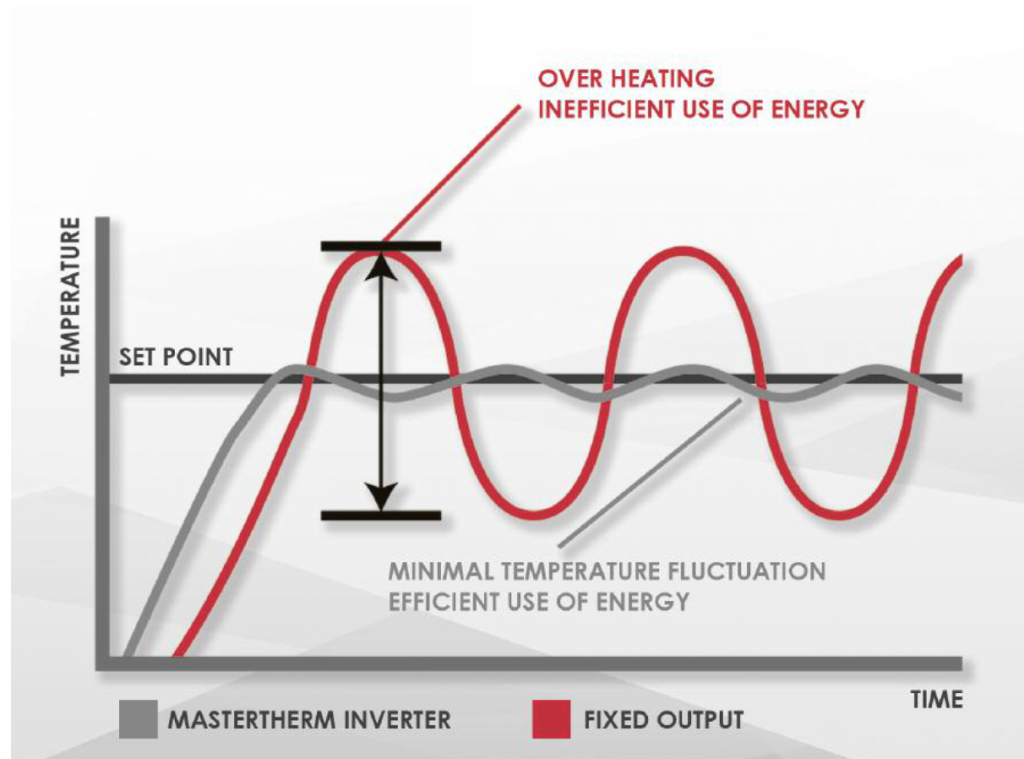Heating and Cooling: Heat Pumps
Why a heat pump?
 Two Appliances in One. An electric Heat Pump heats AND cools your house, so it replaces both your air conditioning system and furnace or boiler.
Two Appliances in One. An electric Heat Pump heats AND cools your house, so it replaces both your air conditioning system and furnace or boiler.
High Heating Efficiency. A heat pump is far more efficient than a gas and propane furnace or an electric-resistance heater because it does not generate heat. It only collects and moves existing heat from one place to another via a refrigerant circulating in a closed loop. Hard as it is to believe, even in winter, there is heat to be gathered from the outside and brought in! Some heat pumps can be operated down to -31°F. While the best gas furnaces operate with efficiencies shy of 100%, heat pumps can top 400% (technically, its efficiency is measured by a “coefficient of performance,” which can be as high as 4 or 5, while gas COP is less than 1). For every 1 kilowatt-hour (KWh) of electricity spent running it, a heat pump delivers 2-4 KWh worth of heat energy into your home!
performance,” which can be as high as 4 or 5, while gas COP is less than 1). For every 1 kilowatt-hour (KWh) of electricity spent running it, a heat pump delivers 2-4 KWh worth of heat energy into your home!
High Cooling Efficiency. An air conditioner is a heat pump that only operates in one direction, collecting heat inside your house and expelling it outdoors. Advanced heat pumps are more efficient because they continuously fine-tune the temperature, moving smaller amounts of heat, without repeatedly cycling between full on or off. Heat pumps typically use 50% less electricity than air conditioning window units and are substantially more efficient than standard central AC systems. Plus they warm the house too! Heat pumps are more efficient than swamp coolers too.
Efficiency Means Savings. Heating costs for heat pumps are substantially lower than heating with propane, fuel oil or electric resistance (baseboard heating). Wood pellet stoves are also more expensive to operate than heat pumps. Usually methane (natural) gas heating costs are less expensive to run than heat pumps, but are subject to volatility, and there are health and climate reasons to make the switch. Recent spikes in methane gas prices have made heat pumps more affordable to operate than gas in some areas at some times, eg, Edgewood, NM residents paid $2.53/therm in Feb. 2023.
 The average New Mexico household will save $992 a year by switching from propane to a heat pump and $997 a year by switching from electric resistance heating, according to a 2017 study. Rewiring America estimates on average, New Mexicans can save $171 a year by switching from natural gas, $432/year from propane and $242 year from electric resistance.
The average New Mexico household will save $992 a year by switching from propane to a heat pump and $997 a year by switching from electric resistance heating, according to a 2017 study. Rewiring America estimates on average, New Mexicans can save $171 a year by switching from natural gas, $432/year from propane and $242 year from electric resistance.
Notes. The graphs come from the Northeast Energy Efficiency Partnerships (NEEP) Air Source Heat Pump Guide. (For these graphs, the lower and higher prices used are $1.20 – 1.75/therm for gas; $0.14 – 0.20/kWh for electricity; $2.75 – 3.75/ gallon for oil; and $2.50 – 3.60/gallon for propane. In New Mexico in 2022, Natural Gas ranged from 0.6 to $1.32/ therm; average NM electricity’s 15.34 c/kWH; propane was $2.67/gal national average at the end of 2022.)
When should I get an Electric Heat Pump?
Regardless of its condition, if you are using propane, electric-resistance, heating oil or wood pellets for heating, chances are it makes economic sense to replace this system with a heat pump as soon as it fits into your electrification plan.
Electrify when it dies, says Rewiring America. If your natural gas system is aging* (16-25 years), needs expensive ventilation remediation to prevent indoor pollution, or you want to make changes for the sake of the climate, now is a good time to plan for an electric heat pump. You’ll get efficient air conditioning too. *Signs it’s time to replace my natural gas system.
needs expensive ventilation remediation to prevent indoor pollution, or you want to make changes for the sake of the climate, now is a good time to plan for an electric heat pump. You’ll get efficient air conditioning too. *Signs it’s time to replace my natural gas system.
If you are thinking of replacing or updating your swamp coolers (10-12 year average lifespan) or refrigerated air (11-25 years), a heat pump may cost only a little more but will provide heating as well as cooling.
Financial incentives can impact timing. Check out the Rewiring America Calculator to see if you qualify for low-income rebates. If so, you might want to wait until these point-of-sale discounts (100% the cost of a heat pump up to $8,000) are rolled out at the end of 2024/2025 by New Mexico. If you don’t qualify, read about the financial incentives in the next section, being mindful of federal caps and rules on combining heat pump tax credits with those for electrical panel upgrades, solar energy systems and heat pump water heaters. For example, water heaters and heat pump credits are capped at $2,000 if installed in the same year.
Whenever you get a heat pump, you’ll be in good company. In 2022 and 2023, more people in the U.S. bought heat pumps than gas furnaces.
What kind of Heat Pump should I get?
(Note: none of the rebates mentioned in this video apply to New Mexicans)
Make sure your specific install qualifies for tax credits and rebates.
Some window heat pumps are expected to be eligible for tax credits soon.
The kind(s) of heat pump that is best for your residence depends on many factors. These are the primary ones to consider.
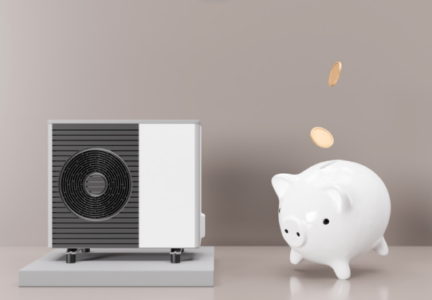 Paying for your Pump
Paying for your Pump
How much does it cost to install a heat pump? Forbes says the average U.S. heat pump install costs between $3,000 to $11,000 for an air-source heat pump and $1,500 to $8,000 for a mini split in a home that does not need additional duct work. A heat pump for a smaller house may cost between $3,800-$6,000, while pumps for larger houses start at $9,000 and run into the tens of thousands.
The average gas furnace install costs $2,300-$9,500. However, this excludes high-efficiency furnaces, which just for the product itself can range between $3,700 to $13,200. Like heat pumps, the cost of the furnace increases with house size.
As efficiency standards for gas furnaces increase, gas furnace install prices will increase. As installers become more familiar with heat pumps, heat pump install prices will come down. The economic case for heat pumps will only get stronger especially when one considers that it can cost $500 a year in fixed charges just to have a gas line at your residence.
To lower your cost now, remember to weatherize first! Check out financial resources for insulation etc. on our weatherize and resources for low-income residents pages!
If you qualify for low-income Federal up-front discounts of 100% off the cost of a heat pump up to $8,000 (the approximate installation cost for a 1,500 square foot house) it pays to wait until these rebates are available at the end of 2024/2025. (These rebates will be administered by New Mexico and applied when you buy the heat pump).
To see how three families at different income levels might use incentives to install heat pumps, click this example for Edgewood, NM.
Other sources of financial assistance available now include:
What size heat pump do I need?
Choosing the correct size or capacity of a heat pump system for a whole house is critical. Bigger is not always better. Higher efficiency, variable speed heat pumps compensate better for over estimated capacity. (Mini-split calculations for individual rooms are less critical). Accounting for insulation, skylights, windows, high ceilings and altitude is very important, and why weatherizing first is a great idea.
These calculators will give you a ballpark estimate for your initial research.
- CoolCal Manual J (Is this one accurate enough for real calculations)
- PickHvac (please try out for your project and compare to final install)
This article describes an estimation method using smart thermostat data. This Sizing Guide for Cold Climates outlines the strategies for different kinds of heat pumps and HVAC configurations. But an experienced contractor is the best way to go if you can afford it and find one. Your contractor should use a tool called Manual J and calculate the load (electricity usage of your appliances) in your house.
How to Find A Contractor
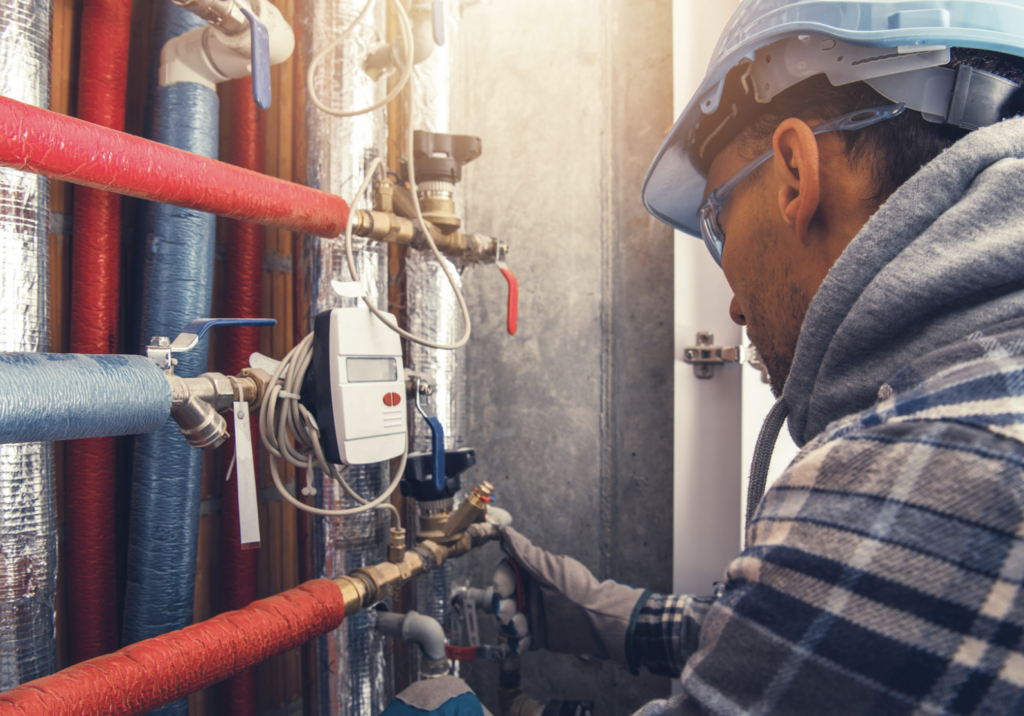 Wirecutter advises buying a heat pump from a reliable manufacturer with good customer service. It notes that Daikin, LG HVAC, Mitsubishi/Trane, Carrier and Rheem have warranties of 10+ years. However it’s more important to find a knowledgable local contractor who understands how heat pumps work best in New Mexico’s climate and who has a relationship with a manufacturer who provides parts and service to this region of the country. As mentioned above, your contractor must know how to accurately size your heat pump to your house at high altitude.
Wirecutter advises buying a heat pump from a reliable manufacturer with good customer service. It notes that Daikin, LG HVAC, Mitsubishi/Trane, Carrier and Rheem have warranties of 10+ years. However it’s more important to find a knowledgable local contractor who understands how heat pumps work best in New Mexico’s climate and who has a relationship with a manufacturer who provides parts and service to this region of the country. As mentioned above, your contractor must know how to accurately size your heat pump to your house at high altitude.
Energy Sage is company that offers a marketplace of what they say are vetted installers who pay a small fee to be on the Energy Sage platform. Energy Sage claims the installers offer lower prices to shoppers who can get up to 3 quotes, and they only allow products on the site the company would recommend. We have no experience with the platform, which was acquired by Schneider Electric in 2022. It covers solar, batteries, EV chargers and now heat pumps. They have a great Heat Pump FAQ Video. Not yet operating in New Mexico as pf Feb. 2024.
Rewiring America: How to Get and Evaluate Heat Pump Contractor Quotes.
Heat Pump Myths Busted
 There is a lot of misunderstanding about heat pumps. Older technology and historic popularity in the southeast US where winters are mild gave them a wimpy reputation for cold climates. But advanced tech and record adoption in the Netherlands, Alaska and Maine is blowing that idea out of the snow. The name “heat pump” is confusing, and frankly, save perhaps for indoor mini-split heads, they don’t exactly sport an Apple or EV-type sleek design that will impel people to look more deeply. But bravo! If you are reading this you’re intrigued enough to find out the facts for yourself, like these to the left, so well laid out by Philip P. Simpson for the City of Las Cruces, or the video below.
There is a lot of misunderstanding about heat pumps. Older technology and historic popularity in the southeast US where winters are mild gave them a wimpy reputation for cold climates. But advanced tech and record adoption in the Netherlands, Alaska and Maine is blowing that idea out of the snow. The name “heat pump” is confusing, and frankly, save perhaps for indoor mini-split heads, they don’t exactly sport an Apple or EV-type sleek design that will impel people to look more deeply. But bravo! If you are reading this you’re intrigued enough to find out the facts for yourself, like these to the left, so well laid out by Philip P. Simpson for the City of Las Cruces, or the video below.
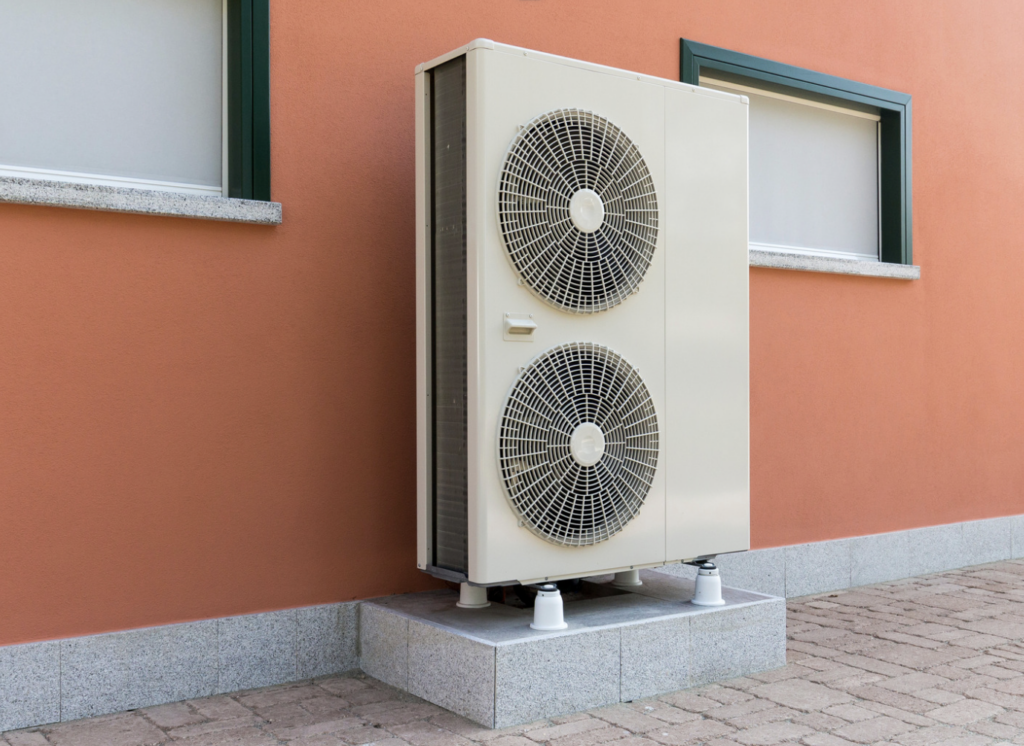 Suggested Resources and Buying Guides
Suggested Resources and Buying Guides
Air Source Heat Pump Basics and Buying Guide Northeast Energy Efficiency Partnerships
Tips for Planning Your Installation: Steps 1, 3, 4, 5 apply to New Mexico Love Electric (Colorado)
Wirecutter (NY Times) Heat Pump Guide
Tips for Installing Ductless Mini-splits
Heat Pump Buying Guide Consumer Reports
Get the Most out of your Heat Pumps Northeast Energy Efficiency Partnerships
ICAST Heat Pump Guide for Multi-Family Housing
See what New Mexicans and the rest of the country use for heating
How a Heat Pump Works
NOVA shorter version of how a heat pump works
This Old House less scientific explanation

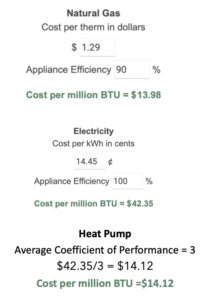 For example, one Albuquerque NM Gas company customer spent $1661.50 over 36 months for 1,285.9 therms of methane (natural gas).
For example, one Albuquerque NM Gas company customer spent $1661.50 over 36 months for 1,285.9 therms of methane (natural gas).

 install a
install a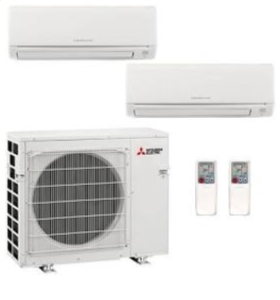 or in specific rooms or
or in specific rooms or 
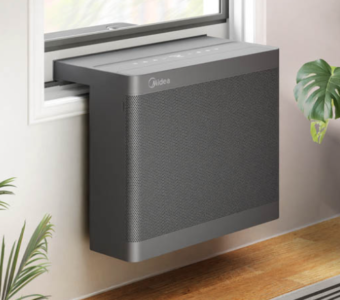 Renters may be interested in portable
Renters may be interested in portable 

